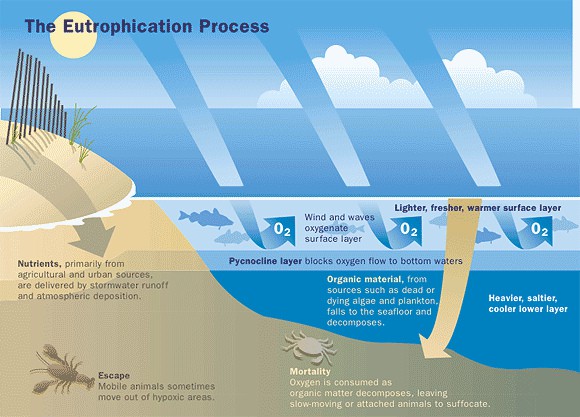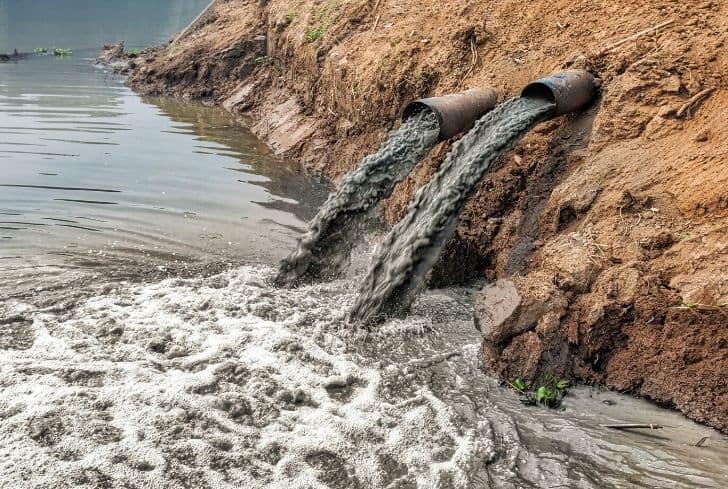What is Ecological Succession?

Succession is a series of progressive changes in the composition of an ecological community over time. Succession is directional. Different stages in a particular habitat succession can usually be accurately predicted.
Ecological successions are the noticeable changes that occur in an ecological setup over time. These changes are often predictable and take place in an orderly manner. A prime example is how vegetation grows bigger and bigger over time. Drastic alteration of environmental conditions may also bring about the changes. In an ecological setup, the species composition and structure changes over time as some species become more adaptable whereas others gradually disappear. Other species in the community may become more abundant while others become less abundant, and some even completely vanish.
Original species may be able to survive in the original optimal conditions but as the environment undergo changes, the initially dominant species may fail, and new ones may become most powerful. New species may also invade adjacent ecological setting thereby alters the original ecosystems after some time duration. Hence, the changes realized in an ecological setup over time are termed as ecological succession. Some of the influencing environmental factors for ecological succession include windstorms, landslides, agriculture, and wildfires.
Wikipedia defines Ecological Succession as,
“Ecological succession is the process of change in the species structure of an ecological community over time. The time scale can be decades (for example, after a wildfire), or even millions of years after a mass extinction. It is a phenomenon or process by which an ecological community undergoes more or less orderly and predictable changes following a disturbance or the initial colonization of a new habitat. Succession may be initiated either by formation of new, unoccupied habitat, such as from a lava flow or a severe landslide, or by some form of disturbance of a community, such as from a fire, severe windthrow, or logging.“
Types of Ecological Succession
Succession is largely grouped into two, including primary and secondary ecological succession. The categorization is determined by the initiating factors which may either include the disturbance of an already existing habitat or the formation of a new habitat. All the changes and developments have to undergo a gradual process.
-
Primary Succession
It is the type of succession initiated in a completely new habitat that has never been originally colonized. It occurs when a series of species enters into a new habitat that has never supported any plant or animal community. When the new community enters such a habitat, significant changes begin to take place and subsequently alter the ecological setting completely. The newly colonized environment is considered to be in its primary stage as it gradually undergoes fresh chemical and physical changes.
For instance, when granite is removed in a quarry, the rock face left behind is changed and becomes a new habitat. The same applies for new habitat formation after volcanic eruptions, sand dunes or landslides. In primary succession, initiating species like algae, lichen, and fungi and other abiotic elements like water and wind begin to return the habitat to its normal state. The initiating plants are then later dominated and replaced by better-adapted plants.
-
Secondary Succession
Secondary succession is the reciprocal of primary succession. It involves the ecological changes that occur in a previously colonized, but destroyed or upset habitat. This type of succession is more frequent compared to primary succession since most of the contemporary human activities such as deforestation, agriculture, land clearance, and pollution often destroys environments after which a new community moves in.
Natural disasters such as floods, winds and wildfires may also alter or destroy environments, giving rise to a new community. When the new community moves in, the processes of reproducing, growing, and interaction affects the environment and slowly change it.
Endpoint of Succession
Ecosystems, because of the internal dynamics and external forces, are in a constant process of change and re-structuring. Ecological succession is a predictable process in which a community goes through the same series of stages. There is a concept in ecological succession called the “climax” community. The climax community represents a stable, unchanging final state of the successional sequence. Climax community is the final stage. Succession will not go any further than the climax community.
Succession, today, can follow different routes depending on the specifics of the situation. Any ecosystem, no matter how inherently stable and persistent, could be subject to massive external disruptive forces that could re-set and re-trigger the successional process. Ecosystems may experience disturbances that prevent a community from reaching an equilibrium state.
As long as these events are bound to occur, it is not absolutely accurate to say that succession has stopped. Climate conditions and other fundamental aspects of an ecosystem change are bound to change over long periods of time. These time scale changes are not observable in our “ecological” time but their fundamental existence cannot be quotient. No ecosystem can ever exist unchanged or unchanging over a geological time scale.






